We visited the “Wildlife Works” office and learned about all their projects to make it possible that wildlife and local communities coexist.
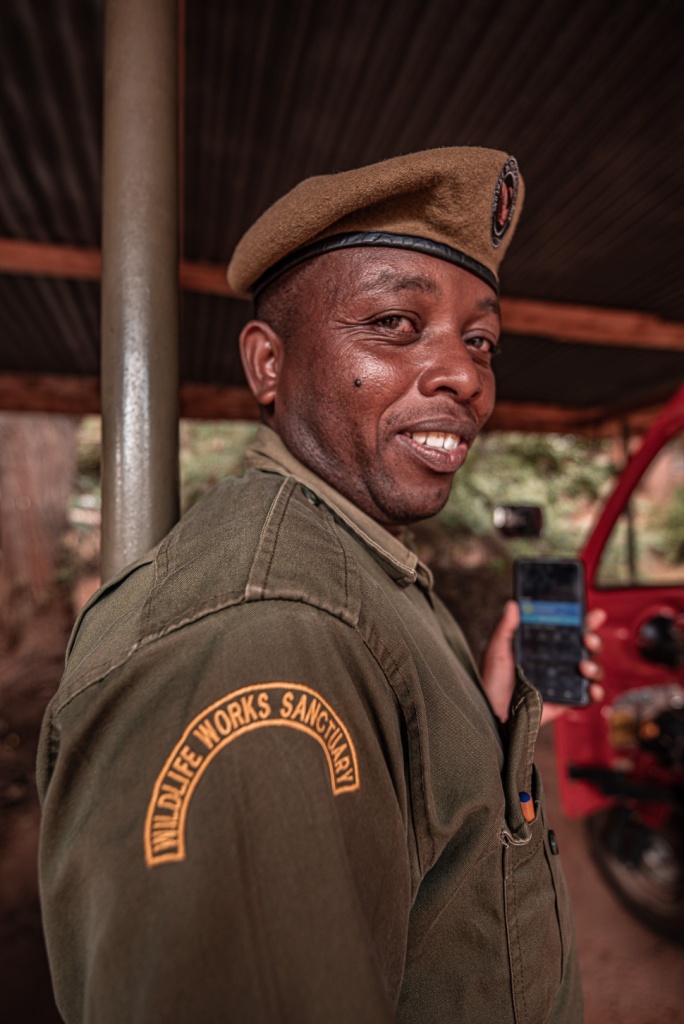
The area around Rukinga Conservancy is a critical wildlife corridor between the two halves of Kenya’s largest national park: Tsavo East and Tsavo West.
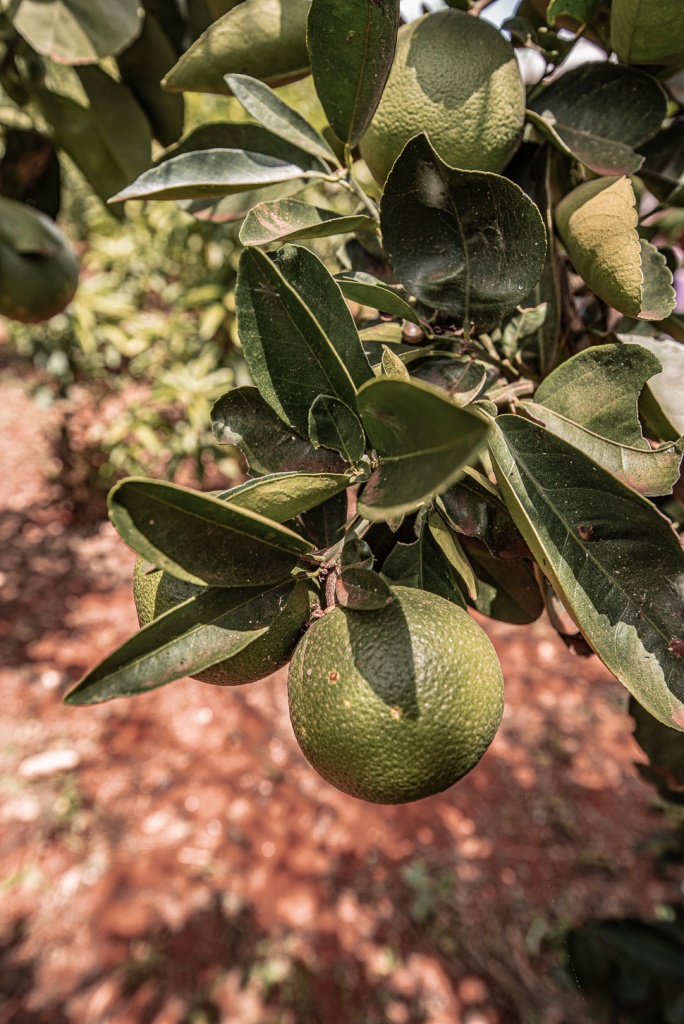
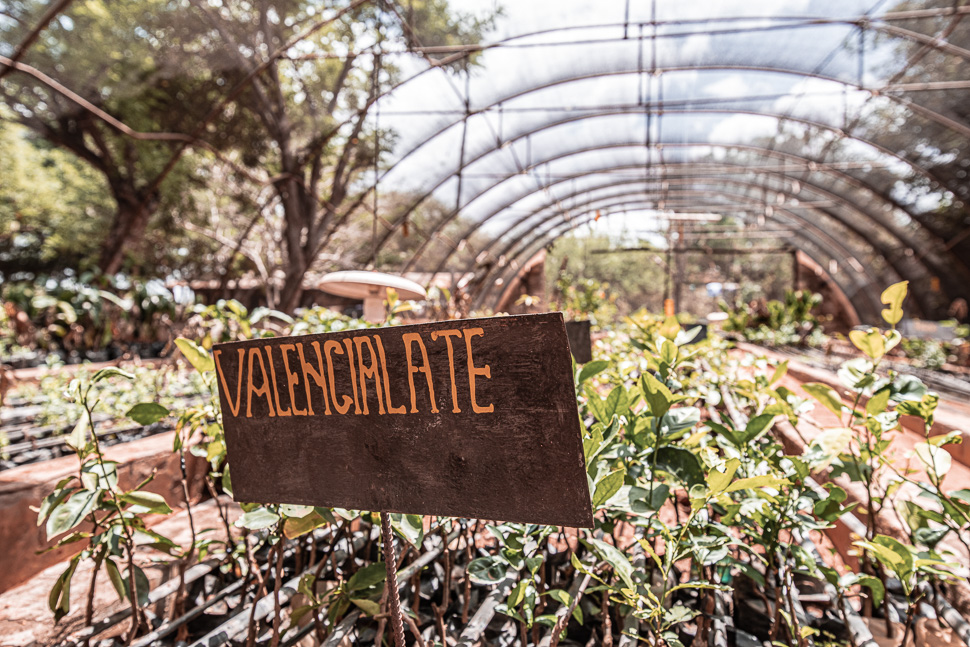
At their “green house”, they are growing local trees to replant the forest together with the communities, to restore which was destroyed by producing charcoal and chopping firewood.
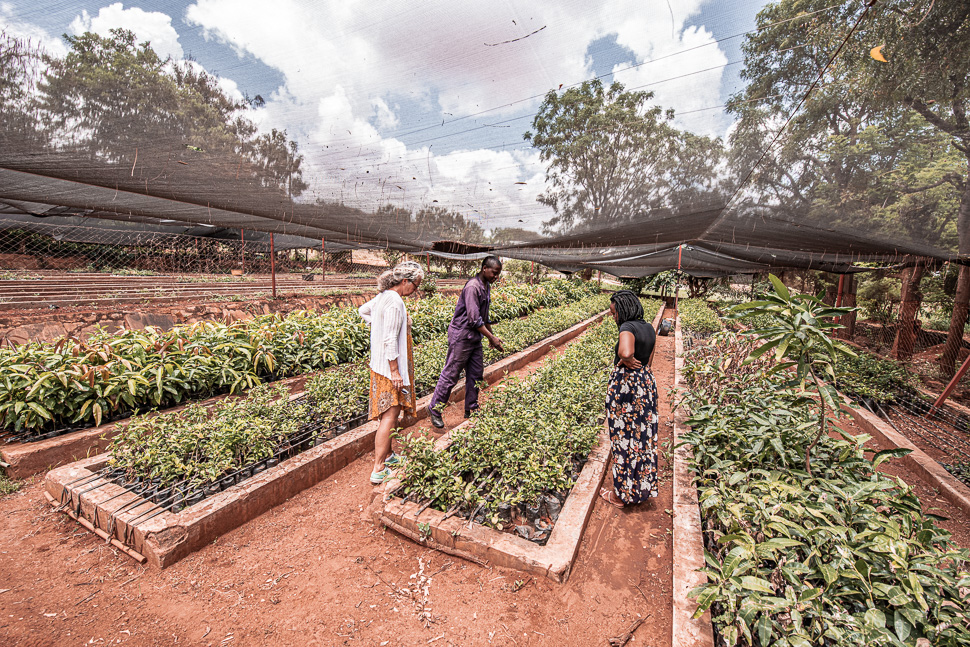
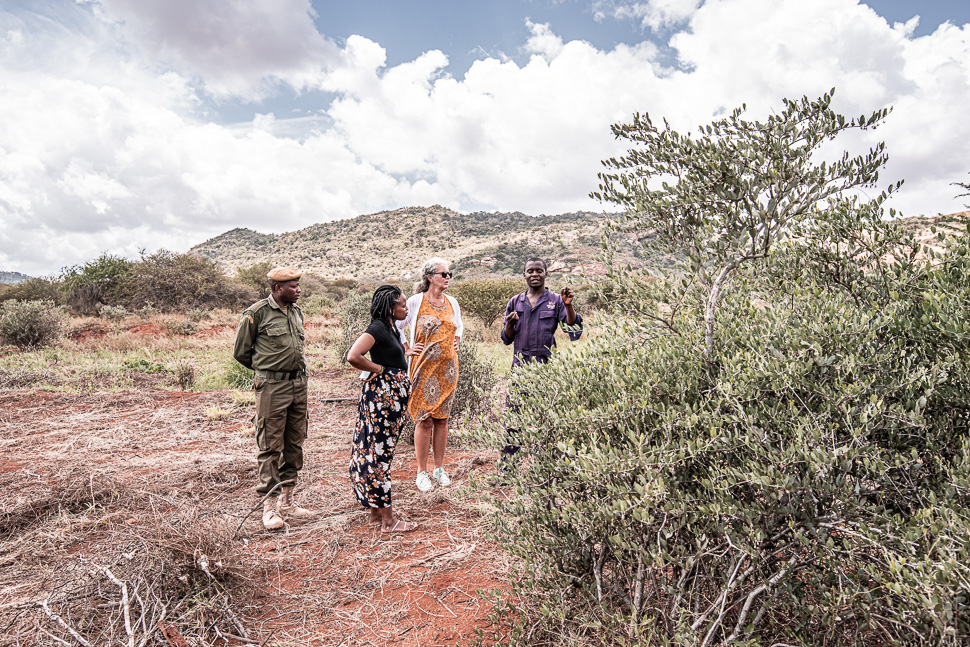
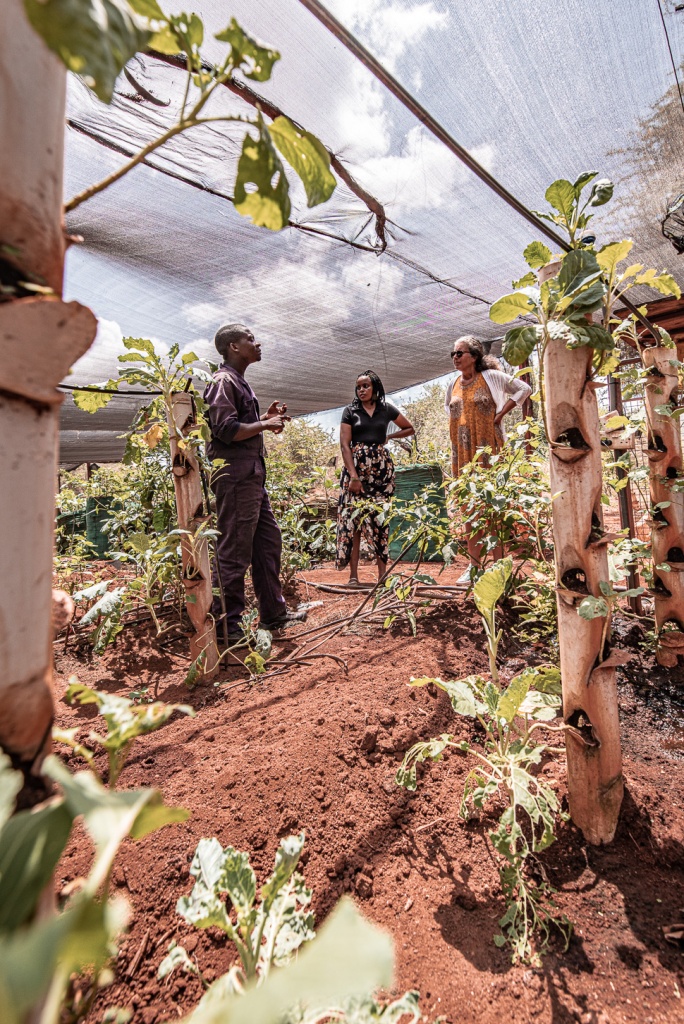
In the late 1990’s, the dry-land forest had become degraded by a combination of factors including cattle overgrazing, clear cutting of trees for charcoal and illegal hunters easily accessing the land. Centuries of exploitation had pushed the community members to a breaking point, and their pursuit to meet their basic needs was causing them to live in an unsustainable way that destroyed the very environment they relied on.
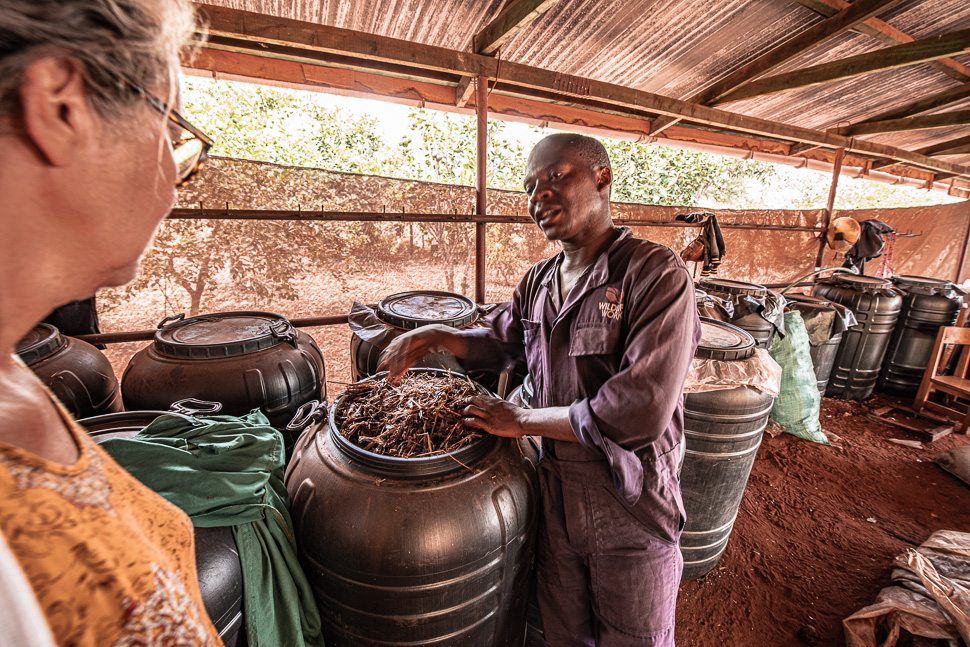
With this project, Wildlife Works broke the mould of the traditional (and failing) model of conservation, and pioneered a new method of conservation: one that places communities at the center of decision making. The goal of this project was to alleviate pressure on the ecosystem through job creation.
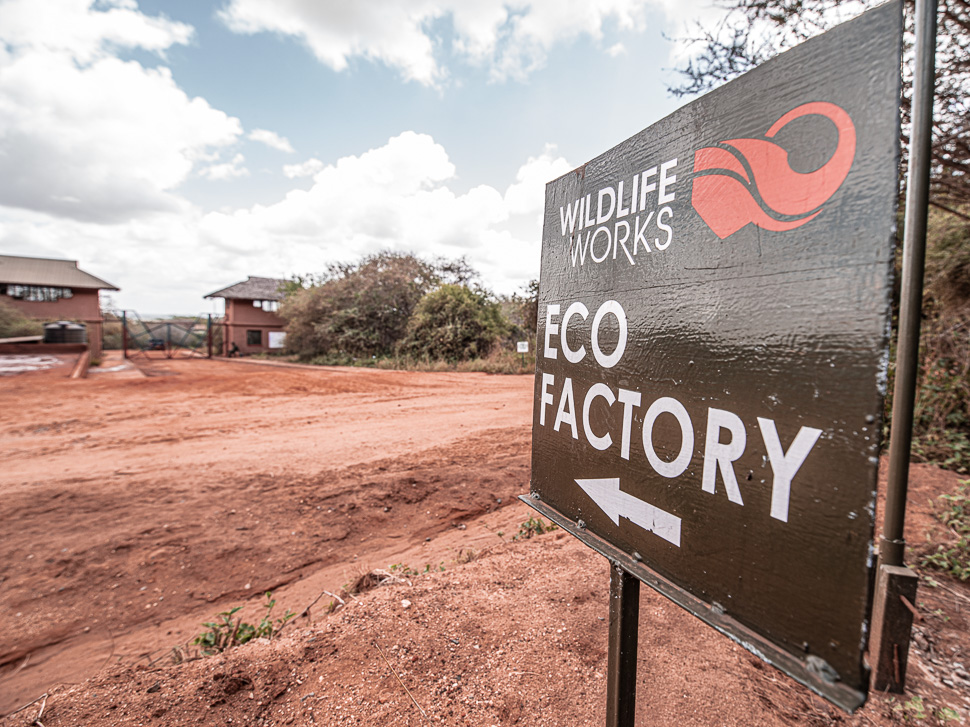
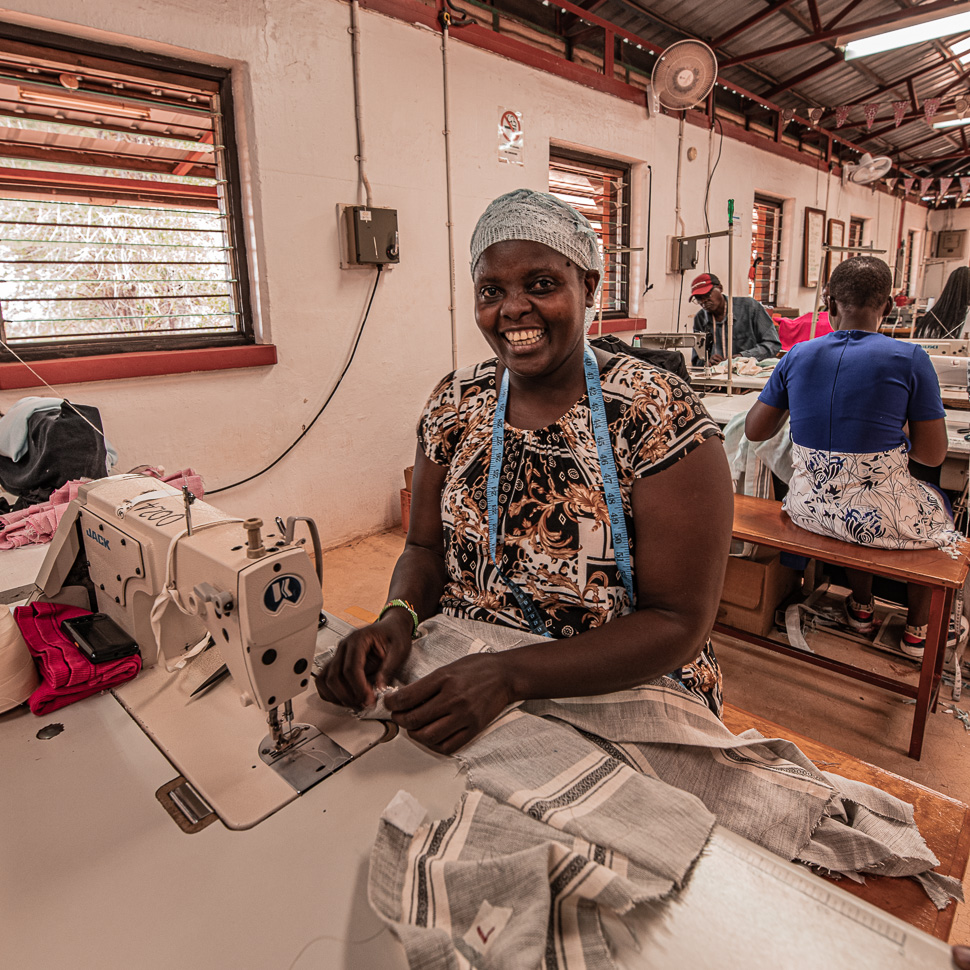
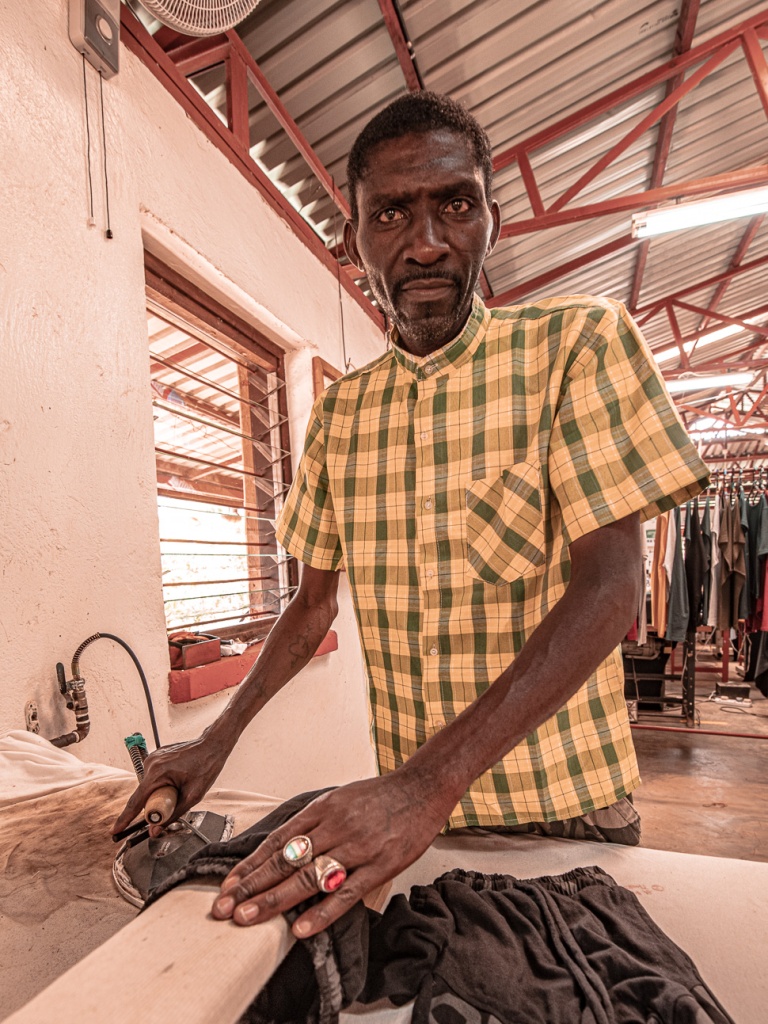
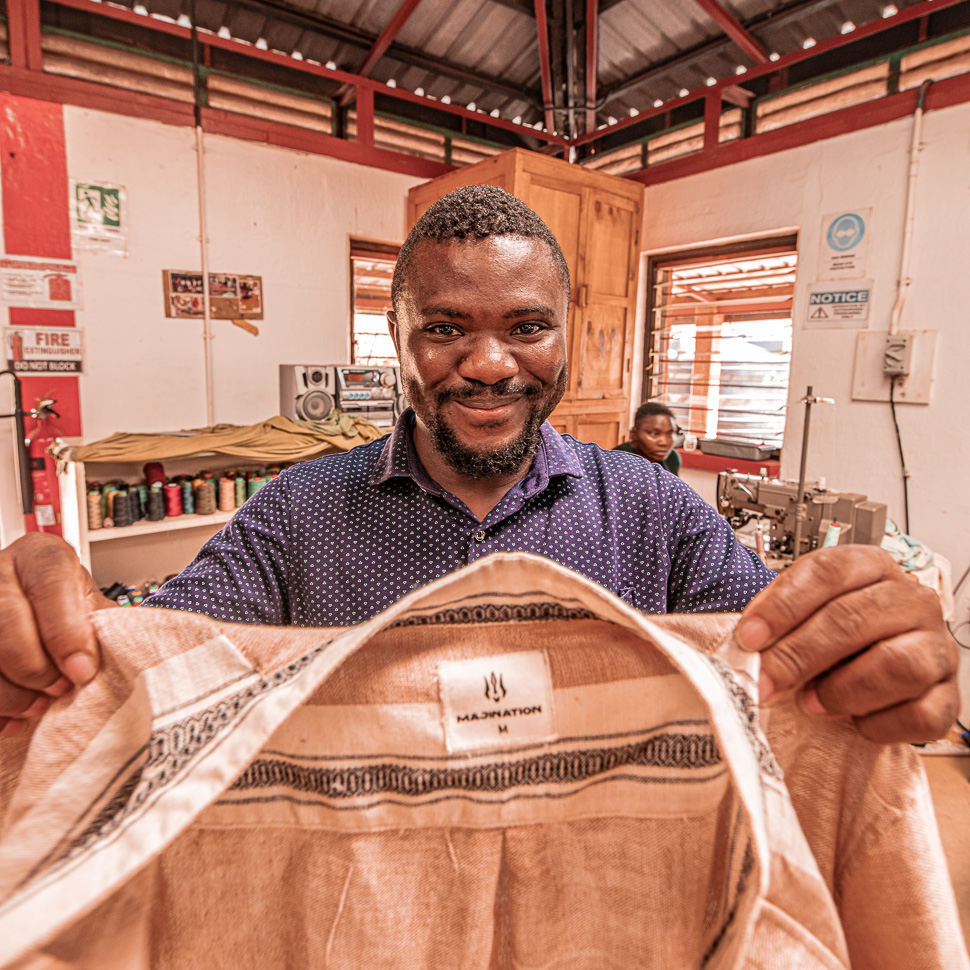
By protecting the forest and earning revenue from carbon credit sales, Wildlife Works partners with the local community of the region to co-create long-term jobs that replace the unsustainable sources of income such as poaching, subsistence farming, and illegal tree harvesting. This includes jobs that protect wildlife, create eco-friendly products, support education, and co-develop conservation agriculture techniques with farmers. We could visit the clothes production including printing and the green house. But they also produce soap, baskets, paper from elephant dung and much more.
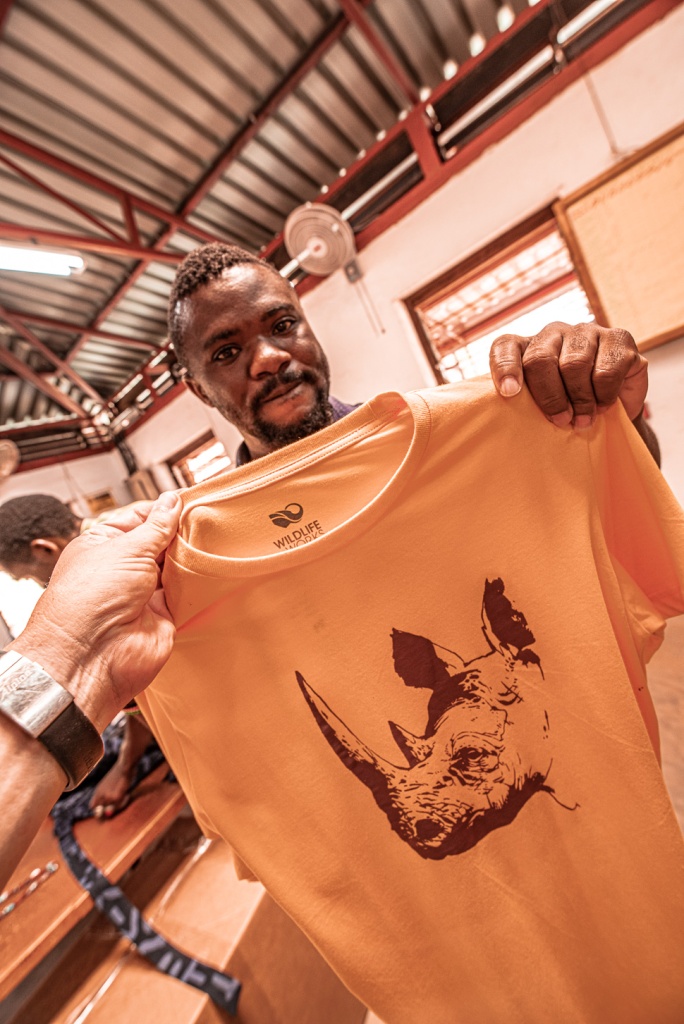
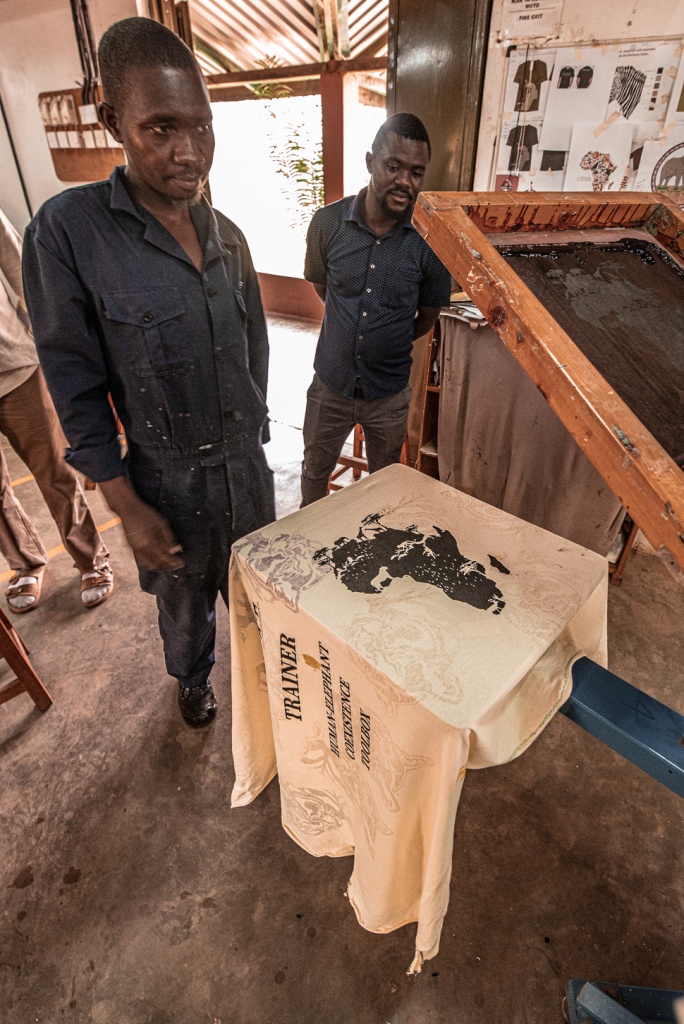
The communities establish their own priorities for utilising carbon revenue, resulting in sustained investments in scholarships for children, school infrastructure, water infrastructure, and other programs to improve the economy, health, and well-being of the community.
We loved, that we could visit this project. Wildlife Works has projects in different continents and countries. We found that concept great, and hopefully other communities in Africa can adopt their ideas to find a way how the growing population of Africa can live without destroying their environment and therefore their livelihood. Of course we didn’t leave without buying a couple of t-shirts!
We will now return to Mombasa, to hand our car over to the shipping agent – more soon!
